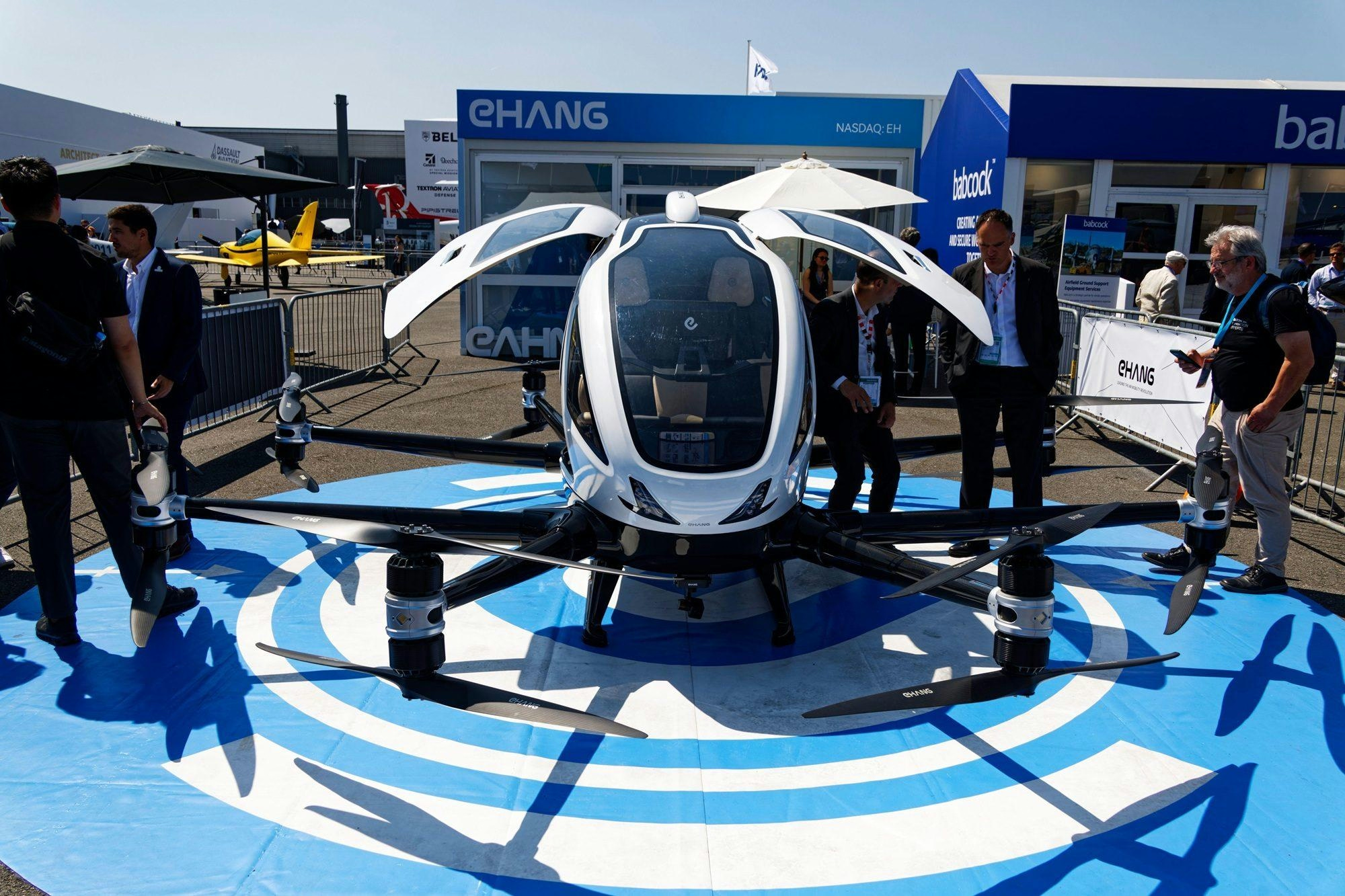
AeroGenie: Su copiloto inteligente.
Tendencias
Categories
SIA Group Posts Record Revenue and Net Profit Despite Lower Operating Profit
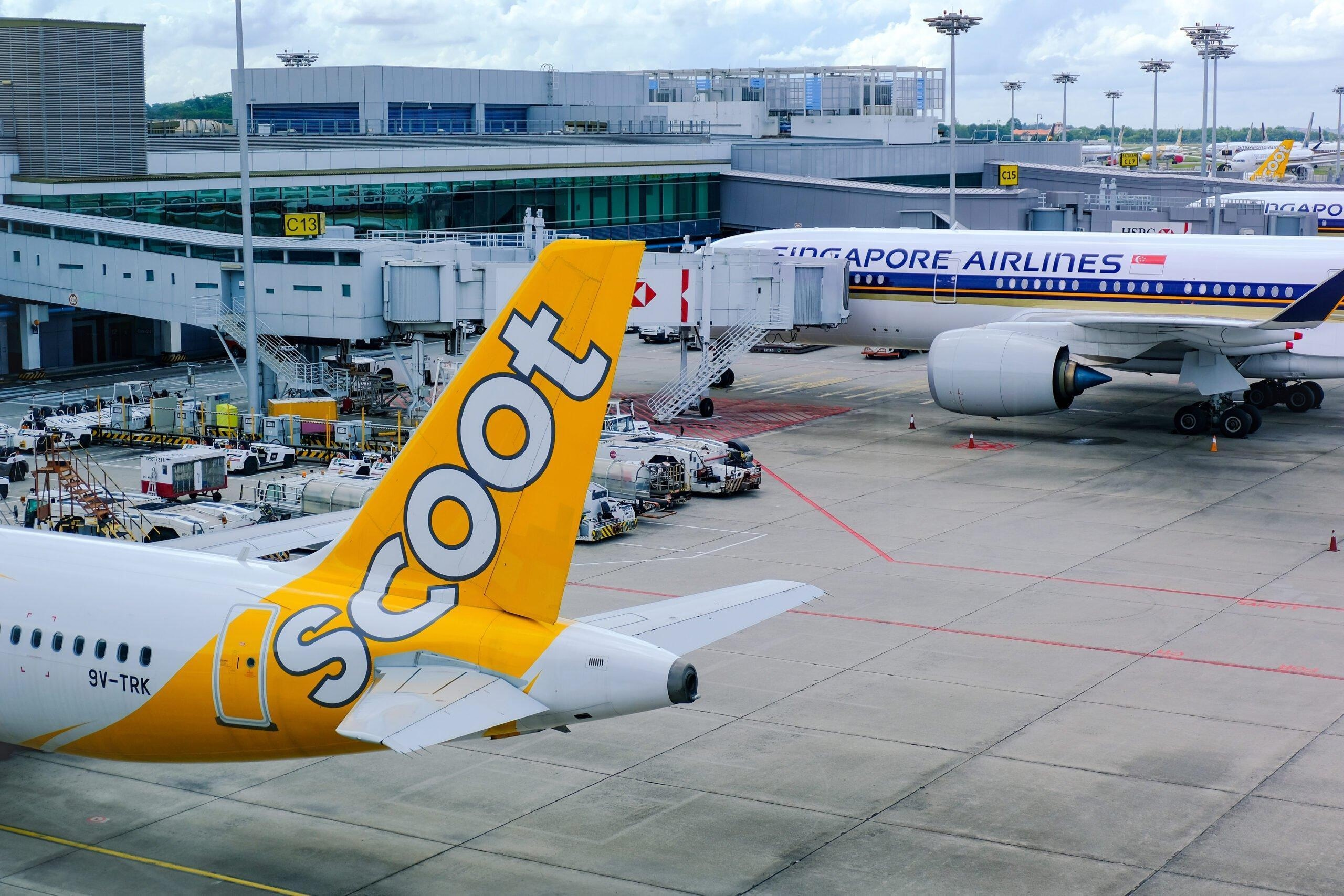
SIA Group Posts Record Revenue and Net Profit Despite Lower Operating Profit
Financial Performance Overview
The SIA Group has announced record financial results for the fiscal year 2024/25, with group revenue reaching SG$19.54 billion, marking a 2.8% increase of SG$527 million compared to the previous year. This growth was driven by sustained demand across both passenger and cargo segments, despite intensified competition and capacity expansion within the airline industry.
Together, Singapore Airlines (SIA) and its low-cost subsidiary Scoot transported a record 39.4 million passengers, representing an 8.1% year-on-year increase. However, the Group’s passenger load factor (PLF) declined by 1.4 percentage points to 86.6%, as passenger traffic growth of 6.4% did not keep pace with an 8.2% rise in capacity. Passenger yields fell by 5.5% to 10.3 cents per revenue passenger-kilometre, reflecting the heightened competitive environment. Nonetheless, passenger flown revenue increased modestly by 1.0% to SG$15.85 billion.
Cargo operations also contributed positively, with flown revenue rising 4.4% (SG$94 million), supported by strong demand for e-commerce and perishables, alongside increased air freight activity amid ongoing disruptions in global sea freight. The cargo load factor improved by 1.6 percentage points to 56.1%, although yields declined by 7.8% due to competitive pressures.
Cost Pressures and Profitability
Total expenditure for the Group rose by 9.5% (SG$1.55 billion) to SG$17.83 billion. Non-fuel costs increased by 11.0% (SG$1.24 billion), driven primarily by capacity growth and general inflationary pressures. These increases were partially offset by cost management initiatives, including digital transformation and productivity improvements. Net fuel costs climbed 6.1% (SG$309 million), mainly due to higher fuel consumption and reduced hedging gains, though this was partially mitigated by lower fuel prices and favourable exchange rates.
Despite these rising costs, the Group demonstrated resilience in a challenging market environment. Operating profit declined by 37.3% (SG$1.02 billion) to SG$1.71 billion, reflecting the impact of increased expenses and softer yields. However, SIA Group recorded a net profit of SG$2.78 billion, up 3.9% (SG$103 million), largely attributable to a SG$1.10 billion non-cash accounting gain from the completion of the Air India–Vistara merger in November 2024.
Market Position and Outlook
The Group’s ability to deliver record revenue and net profit despite a decline in operating profit underscores its strong market position and adaptability. Growth in passenger volumes and robust cargo demand have helped offset industry headwinds, setting a challenging benchmark for competitors. Market analysts are expected to closely monitor SIA’s resilience and strategic execution as the global aviation sector continues to navigate ongoing challenges.
(Exchange rate: US$1.00 = SG$1.29 at time of publication)
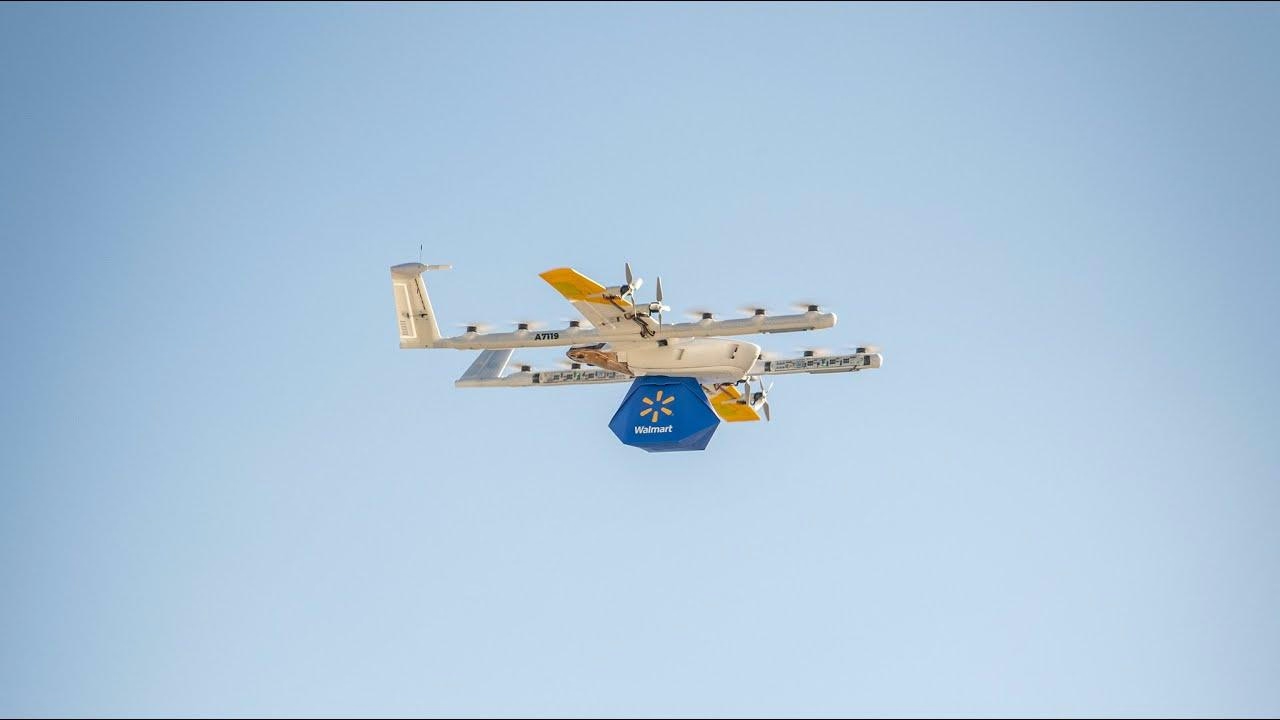
Concordia Partners to Advance Drone and E-Aircraft Technology

Sarla Aviation to Invest ₹1,300 Crore in Aerospace Facility in Andhra Pradesh

Passengers Respond Positively to Airline’s AI Flight Attendant
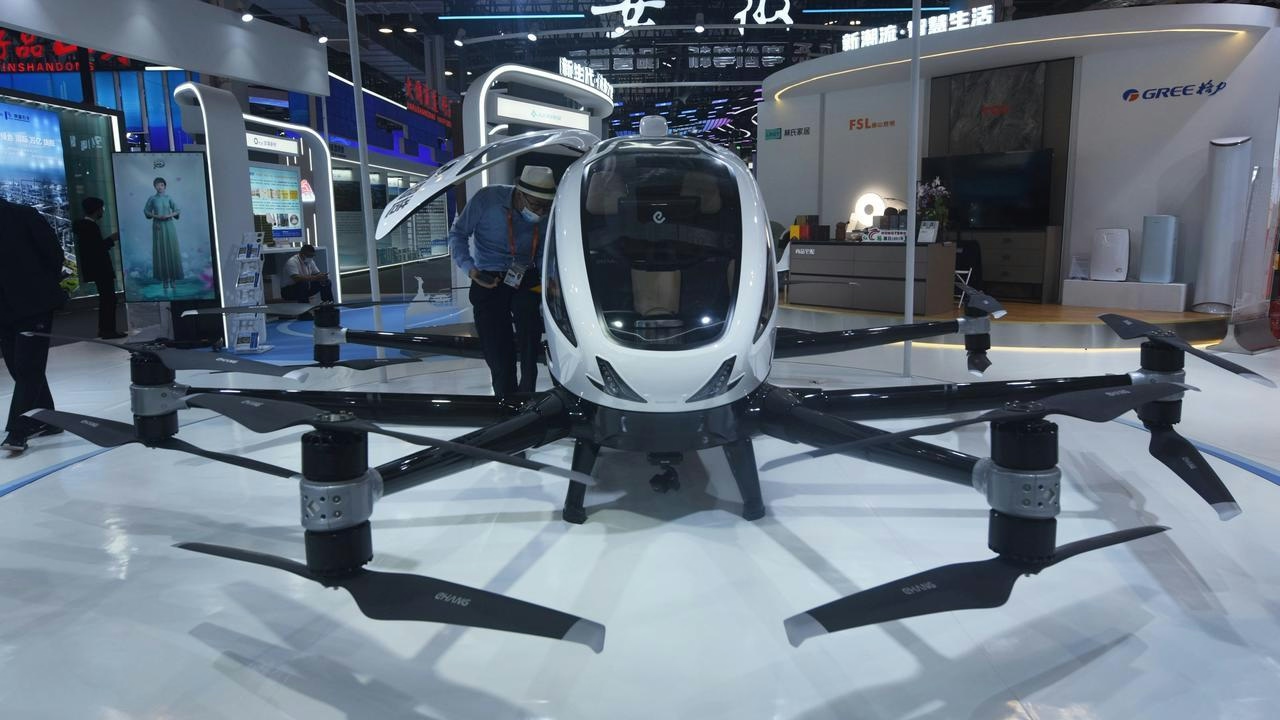
EHang Completes Pilotless eVTOL Air Taxi Trials in Doha
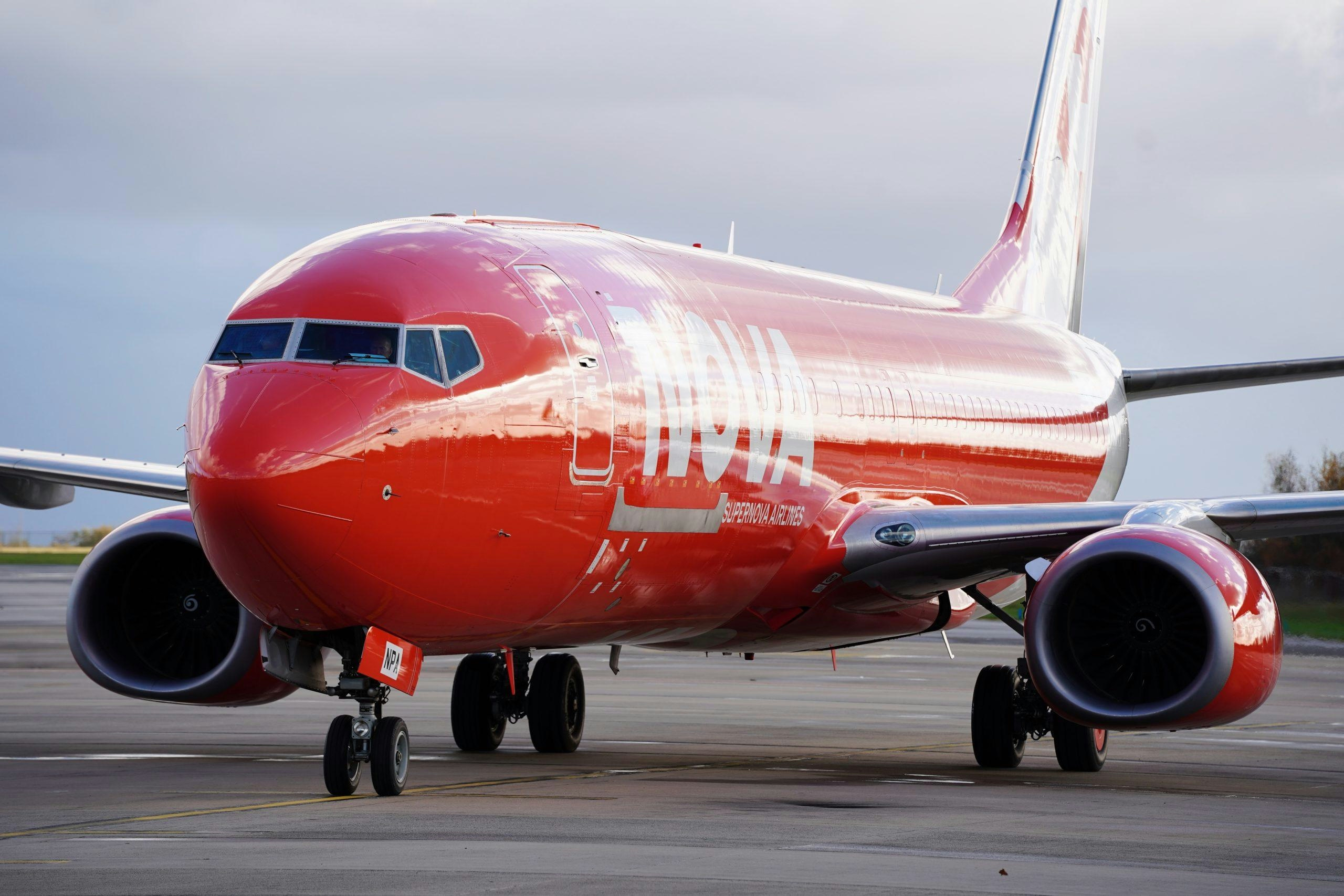
Supernova Airlines opens new Liege–Ostrava cargo link, strengthening European supply chains

Joby Outlines Dubai Air Taxi Plans Ahead of FAA Certification
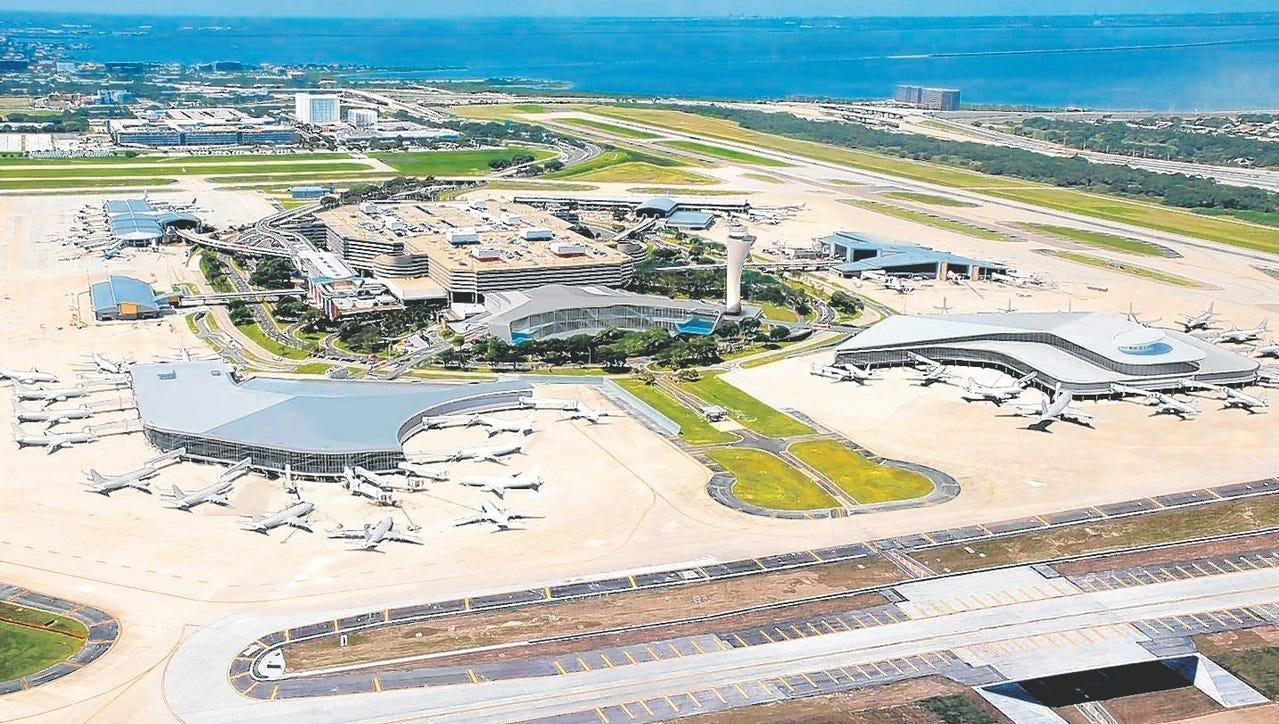
Air Travel Expands as Tampa Bay Seeks Solutions to Traffic Congestion

flydubai Signs Agreement with GE Aerospace for 60 GEnx-1B Engines

FG Highlights Investment Opportunities to Modernize Nigeria’s Aviation Sector
